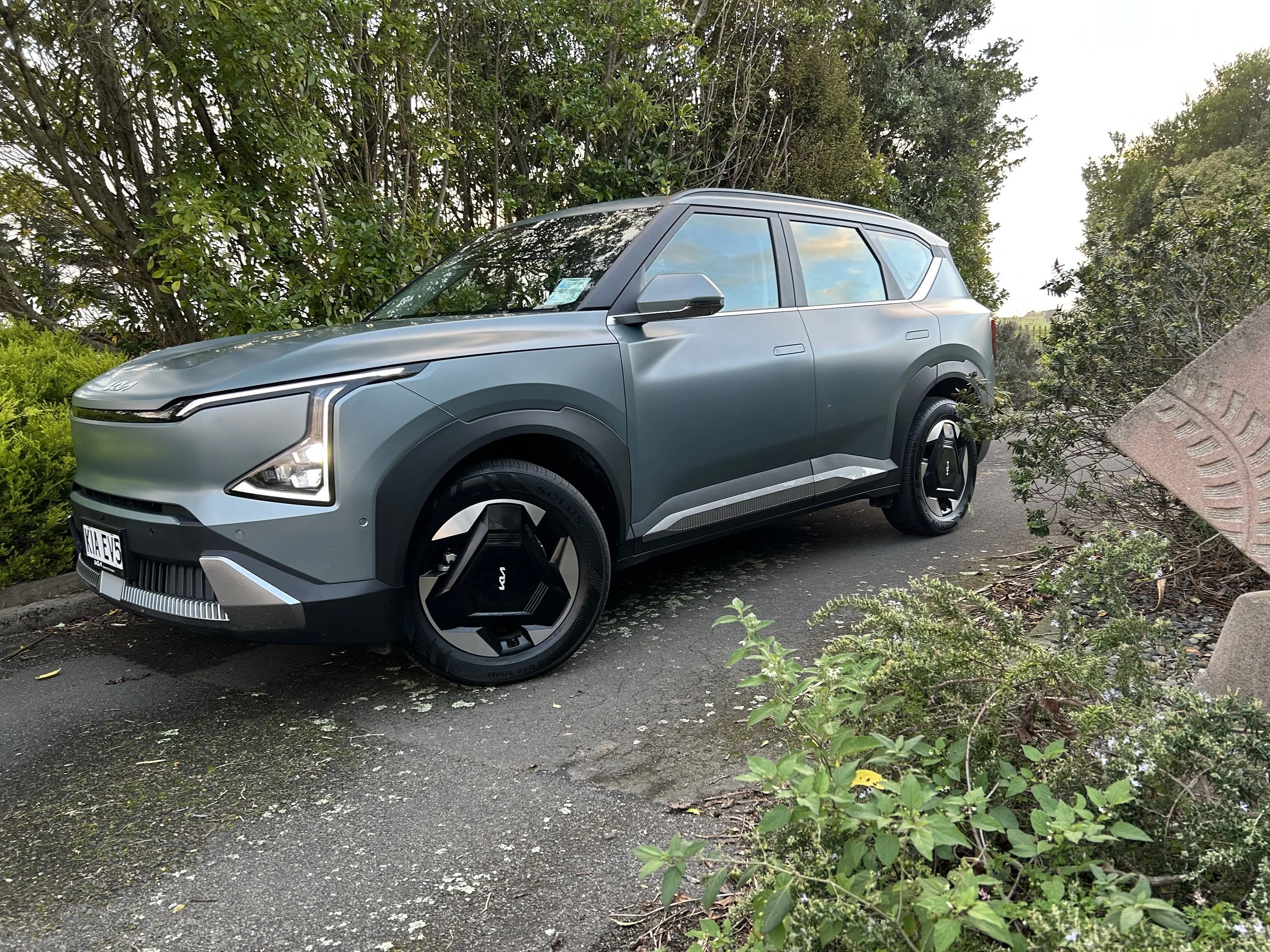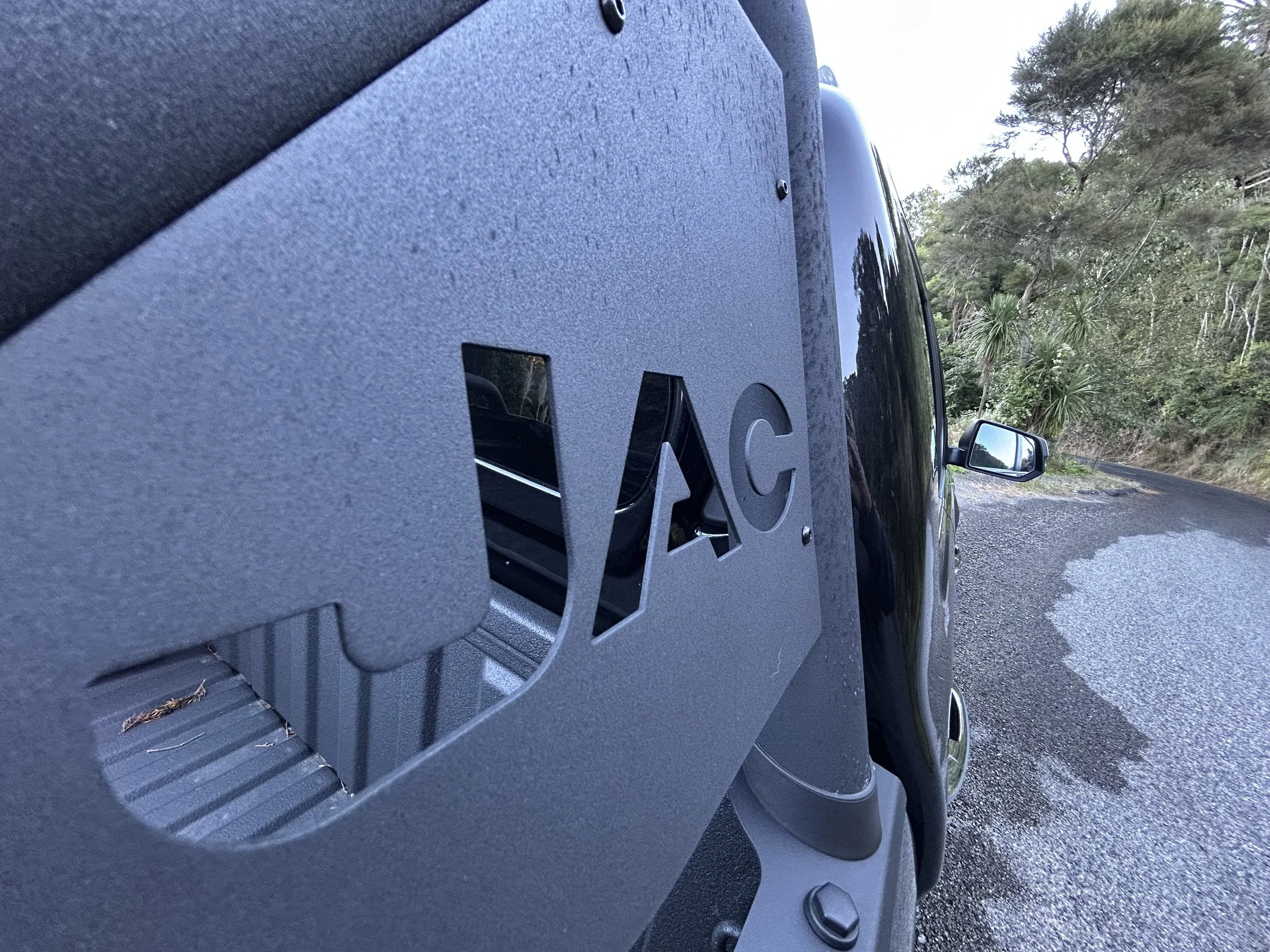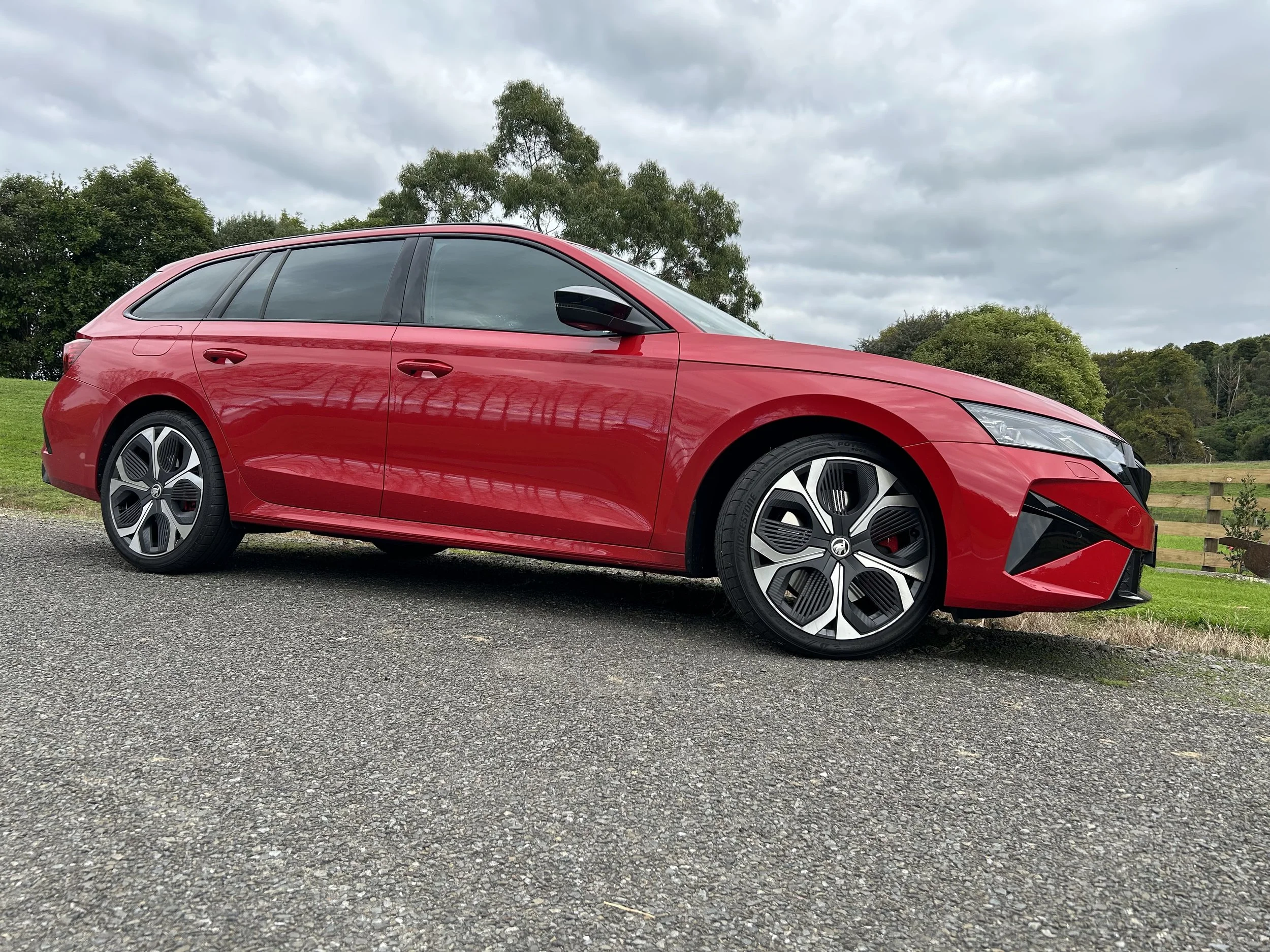Second bZ confirmed, smallest Lexus EV leaving
/Toyota’s sole electric model will soon deliver in two forms; premium division saying goodbye to UX300e.
GIVE and take will flavour Toyota’s electric vehicle strategy in respect to the first electric cars that the parent make and its Lexus luxury arm brought here.
Toyota New Zealand has corrected a national media outlet’s report claiming bZ4X is going to axed. It asserts that’s certainly not the case.
Rather, the sports utility format that effectively came into circulation here just 18 months ago will continue on in a heavily facelifted and improved form (above), relabelled so the final letter of the alpha-numeric becomes a lower case.
In addition, it will be joined by a new, larger version with more of an off-road beat just unveiled internationally to be called the bZ Touring (top image).
“The bZ4x (facelift) is coming to New Zealand, as is the bZ Touring,” a spokesperson asserted to MotoringNZ.com.
“However we can’t confirm the timings just yet. More information will be released when it’s made available.”
What is set to leave the scene is the UX300e, the first electric vehicle Lexus released here and still the cheapest.
“Towards the end of the year UX 300e will no longer be available in New Zealand,” a Lexus NZ spokesperson said.
“We currently have limited UX 300e new vehicle stock available for our customers.”
UX300e (above) first introduced here market in 2021 as the flagship of the UX small SUV range and was updated in 2023, when the choice trimmed to a single $89,990 Limited model, in single motor 150kW/300Nm form.
Beside the usual styling and specification revisions, the big change then was swap away from the original 54.3 kilowatt-hour battery to one of 72.8kWh capacity. This led to big improvement in range, from 315km to a more useful 440km on the WLTP scale.
The change ostensibly means the range now kicks in with the NX and the larger and more expensive RZ range.
The spokesperson said this does not signal a weakening of the Lexus strategy to serve electric vehicle buyers.
“Lexus New Zealand remains committed to electrification and are thrilled with the recent introduction of a plug-in hybrid option for RX, an additional plug-in hybrid NX and the impending arrival of the updated all-electric RZ.”
The spokesperson said RZ pricing and specification detail will be released closer to the local launch.
Along with its larger physical size, the RZ features a 230kW combined power output, all-wheel drive, and rated with 439km of WLTP range.
Toyota NZ and Lexus NZ steered clear of offering comment about how bZ4X and UX300e have been performing here, not least during 2024 when the electric sector was all but battered senseless.
However, on December 1 2024 bZ4X pricing was radically trimmed, the entry level front drive Pure falling from $72,990 to $59,990 and the all-wheel-drive Motion resetting at $65,990, having released at $82,990. So cuts of $15k and $17k respectively.
The update, which occurs because the car though relatively fresh here has been in production since 2022, might zap up its changes.
For one, Toyota is adding an additional battery to the lineup, a smaller-capacity one, which lends potential for a still lower price, going by where it places in Ireland and the United Kingdom.
For another, the beefiest all-wheel-drive has a more useful towing rating.
The new entry unit is a 57.7kWh unit (54kWh of which is usable) and it sends its energy to a 124kW electric motor driving the front wheels. No range or efficiency figures have been released yet and TNZ has not signalled interest.
Meantime, the existing 73.1kWh (71kWh usable) can be paired with a front-mounted motor as well, though that one makes up to 167kW. But the big news is the dual-motor, all-wheel-drive option now have a hefty 255kW - considerably more powerful than the current AWD bZ4X, which has 150kW. The new version’s towing rating doubles, to 1500kg.
Toyota says the WLTP range will be up to 573 kilometres, which is presumably for the front-wheel-drive variant using the larger battery, while peak charging speeds are 150kW on DC or up to 11kW on three-phase AC chargers (though some models will come with 22kW AC charging).
To further speed up charging, there's a new pre-conditioning function that can be activated manually, or automatically when the driver navigates to a charging station.
Exterior changes are relatively subtle, though the update takes new lights, fitting in with Toyota's 'hammerhead' design language first introduced in the Prius.
The interior benefits from a substantial redesign for the dashboard and centre console. The circular drive selector has been relocated to behind a new dual wireless charger while the 14-inch touchscreen, derived from Lexus cars, now stands apart. Physical controls for the heating and ventilation are retained.
The Touring is basically a bZ4X on growth hormones and standard all-wheel drive.
The Touring is 140mm longer than the regular bZ4X, all behind the rear axle, which combines with a more upright tailgate and a 20mm-taller body. The extra space is more for luggage space - this lifts 30 percent to 521 litres. There’s no three row seating option, so it remains a five seater like the sister car, but is said to offer more headroom for rear passengers.
The updates meted to the bZ4X are expected to show on its doppelgänger, the Subaru Solterra, which only sells here in AWD, and likewise the Touring replicates as the Subaru Trailseeker. The latter has been described as an electric equivalent to the well-regarded Subaru Outback.
Styling differences between the Touring and Trailseeker are limited to each vehicle's front end – shared with their regular equivalents – a tweaked rear bumper, and badges.




















